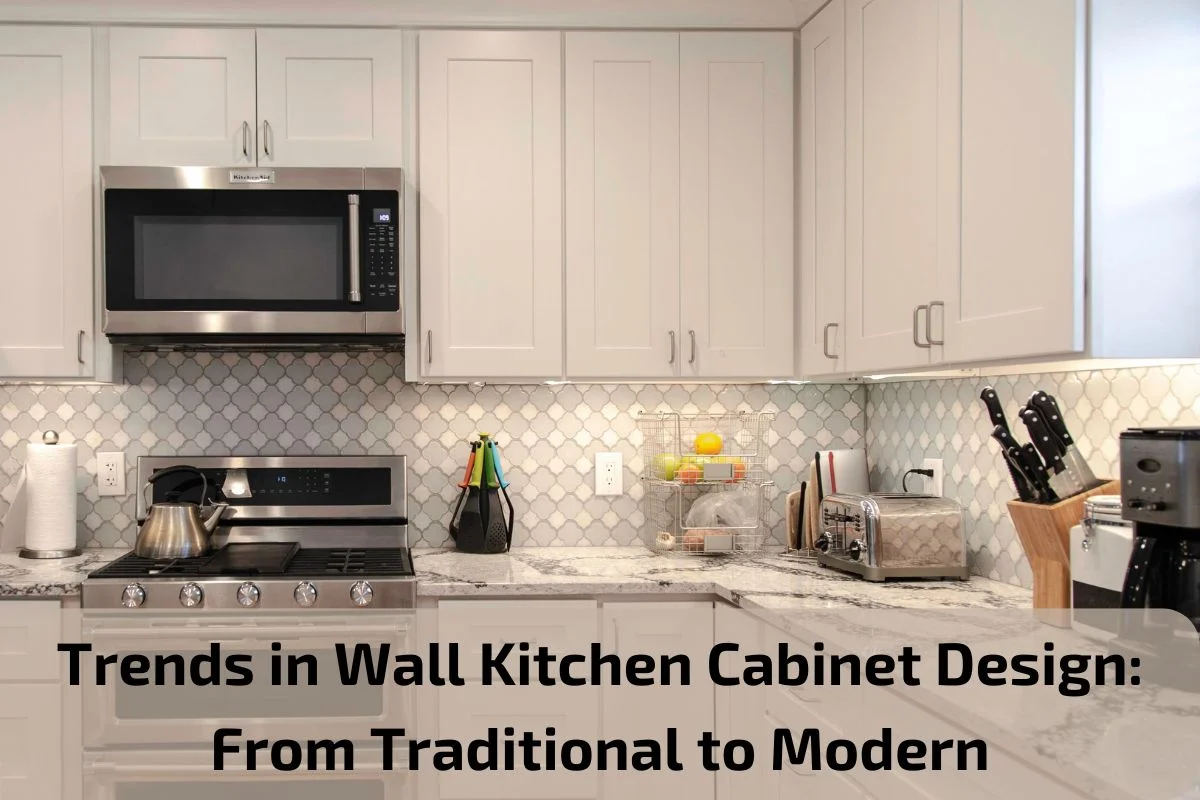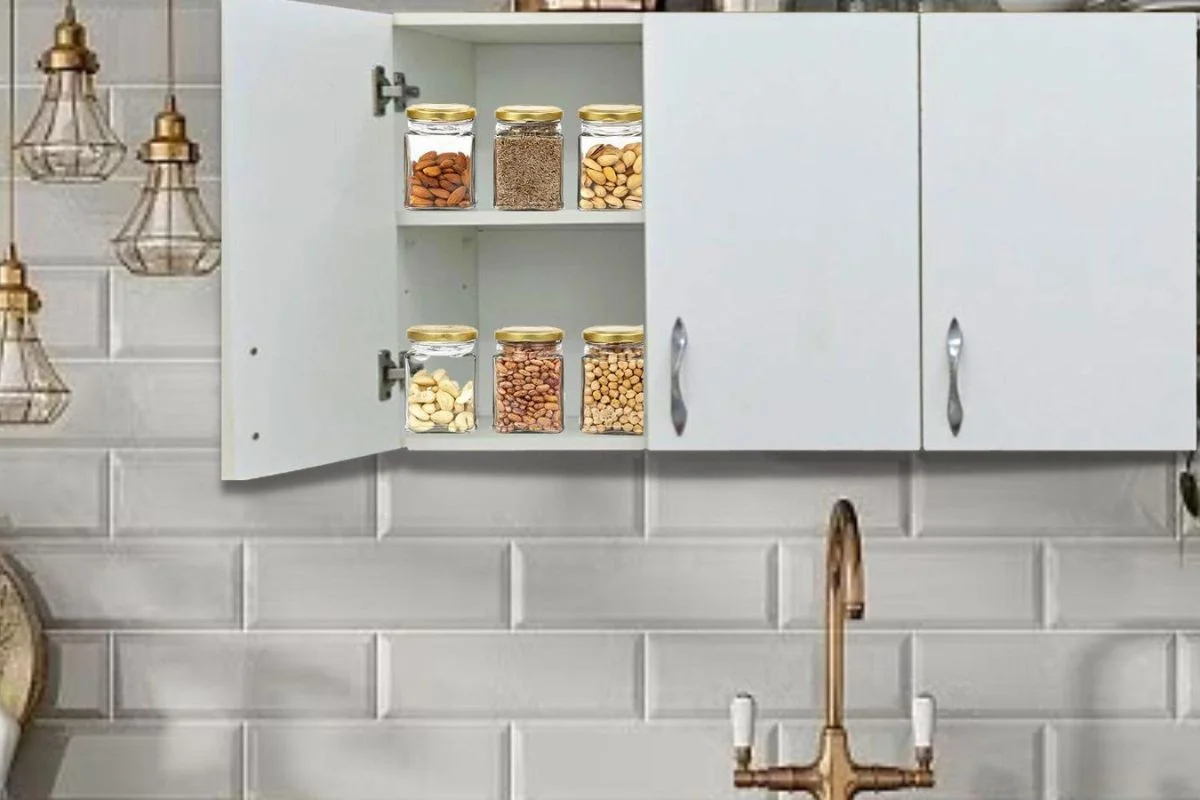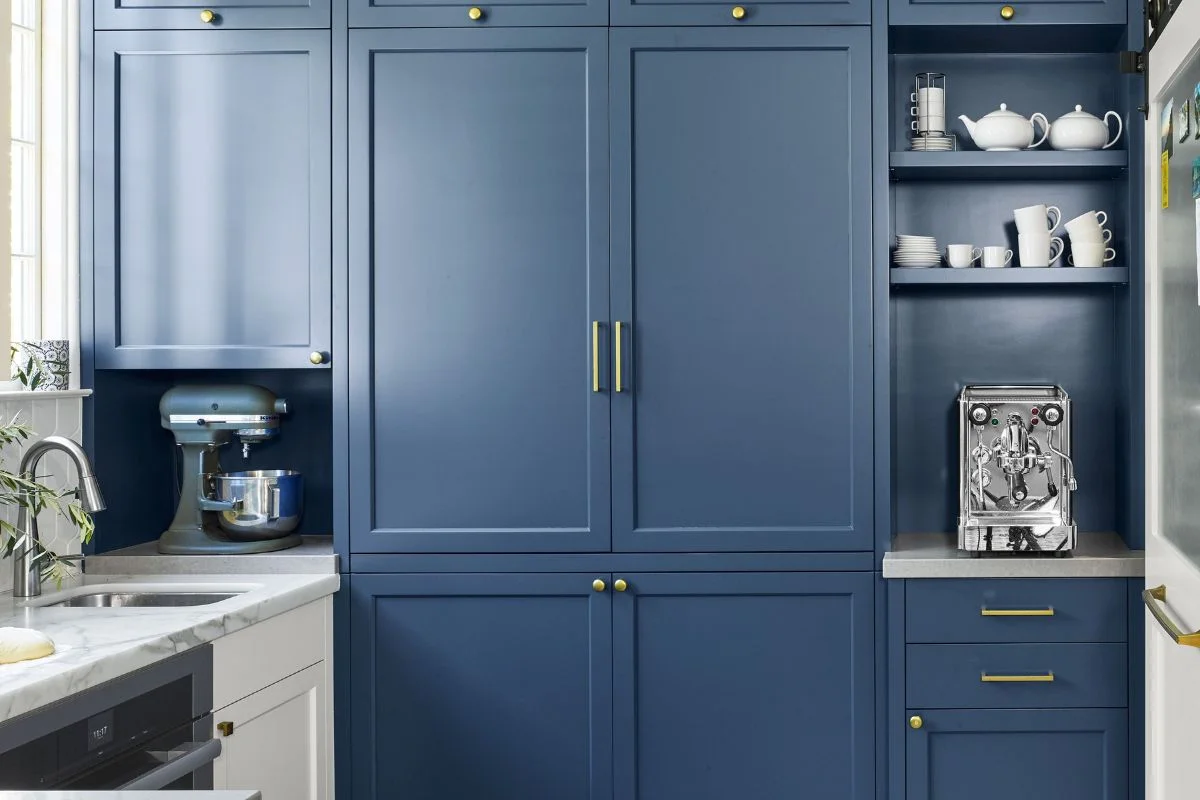Trends in Wall Kitchen Cabinet Design: From Traditional to Modern
The world of kitchen design is constantly evolving, and wall kitchen cabinets play a pivotal role in both functionality and aesthetics. From traditional styles that exude timeless charm to modern designs that embrace sleek lines and innovative features, the trends in wall kitchen cabinet design are as diverse as the homeowners who use them. In this article, we’ll explore the exciting evolution of wall kitchen cabinet design, from classic to contemporary, highlighting the key trends shaping today’s kitchens. Whether you’re renovating an old kitchen or designing a brand-new space, understanding these trends will help you create a stylish and functional kitchen that reflects your personal taste and lifestyle.
Definition and Importance of Wall Kitchen Cabinets:
Wall kitchen cabinets are essential storage units installed on the walls of a kitchen, typically positioned above countertops and appliances. These cabinets serve a vital role in kitchen organization by providing valuable storage space for dishes, cookware, pantry items, and other kitchen essentials.
Maximizing Vertical Space: Wall cabinets utilize the often-underutilized vertical space in the kitchen, allowing homeowners to maximize storage capacity without sacrificing floor space. By storing items vertically, wall cabinets make efficient use of limited kitchen real estate.
Enhancing Organization: Wall cabinets help keep the kitchen organized and clutter-free by providing designated storage areas for different items. With adjustable shelves, built-in dividers, and other organizational features, homeowners can customize their cabinets to suit their specific storage needs.
Improving Accessibility: Placing frequently used items within easy reach in wall cabinets improves accessibility and workflow in the kitchen. By storing dishes, glasses, and cooking utensils at eye level, homeowners can streamline meal preparation and cleanup tasks.
Contributing to Kitchen Design: Beyond their practical function, wall kitchen cabinets play a crucial role in shaping the overall aesthetics of the kitchen. With a wide range of styles, materials, and finishes available, cabinets can be customized to complement the design theme and color scheme of the kitchen, enhancing its visual appeal.
Increasing Home Value: Well-designed and properly installed wall cabinets add value to a home by enhancing the functionality and aesthetics of the kitchen. Potential buyers are often willing to pay more for a kitchen with ample storage and stylish cabinetry, making wall cabinets a worthwhile investment for homeowners.
The Role of Wall Kitchen Cabinets
Wall kitchen cabinets play a vital role in maximizing storage space and optimizing functionality in a kitchen. These cabinets are mounted on the wall, typically above countertops and other kitchen fixtures, providing valuable storage for various items including dishes, cookware, pantry items, and kitchen gadgets. Here are several key roles that wall kitchen cabinets fulfill:
Storage: One of the primary functions of wall cabinets is to offer storage space for kitchen essentials. By utilizing vertical space, they help keep the kitchen organized and clutter-free, allowing homeowners to store items out of sight yet easily accessible.
Space Optimization: Wall cabinets are particularly useful in smaller kitchens where space is limited. They make efficient use of vertical space, freeing up valuable countertop and floor space for other purposes.
Accessibility: Placing frequently used items within reach is essential for an efficient kitchen workflow. Wall cabinets allow homeowners to store commonly used items at eye level or within easy reach, reducing the need to bend down or stretch to access them.
Aesthetics: In addition to their practical function, wall cabinets contribute to the overall aesthetics of the kitchen. They come in various styles, finishes, and designs, allowing homeowners to choose options that complement their kitchen décor and personal taste.
Protection: Wall cabinets help protect kitchen items from dust, moisture, and other environmental factors that could potentially damage them. This is particularly important for delicate items such as glassware and fine china.
Customization: Modern wall cabinets offer a range of customization options, including adjustable shelves, pull-out racks, and specialized storage solutions designed to accommodate specific kitchen items. This allows homeowners to tailor their storage space to meet their unique needs and preferences.
Integration with Other Fixtures: Wall cabinets are often integrated with other kitchen fixtures such as range hoods, microwaves, and ovens. This integrated design not only enhances the functionality of the kitchen but also creates a cohesive look.
Types of Wall Kitchen Cabinets
There are several types of wall kitchen cabinets available, each serving specific purposes and offering unique features to meet the diverse needs of homeowners. Here are some common types:
Standard Wall Cabinets: These are the most common type of wall cabinets found in kitchens. They typically come in standard sizes and configurations, with adjustable shelves for flexible storage options. Standard wall cabinets are versatile and can accommodate a wide range of kitchen items.
Glass-Front Cabinets: Glass-front wall cabinets feature doors made of glass or clear acrylic, allowing homeowners to showcase decorative items, glassware, or dishes stored inside. These cabinets add visual interest to the kitchen and can make the space feel more open and airy.
Open Shelving: Open shelving has gained popularity in modern kitchen design. Instead of traditional cabinets with doors, open shelving consists of exposed shelves mounted directly on the wall. This type of storage creates a more casual and accessible look, allowing homeowners to display decorative items or frequently used kitchenware.
Corner Cabinets: Corner wall cabinets are designed to maximize storage space in kitchen corners, which are often underutilized. These cabinets feature a specialized design, such as angled or L-shaped shelves, to make it easier to access items stored in the corner of the kitchen.
Tall Cabinets: Tall wall cabinets extend from the countertop to the ceiling, providing additional vertical storage space. These cabinets are ideal for storing items that are not frequently used or for bulky kitchen appliances such as mixers or food processors.
Specialty Cabinets: Specialty wall cabinets are designed to accommodate specific kitchen items or address unique storage needs. Examples include spice cabinets with built-in racks, wine racks or wine glass holders, and vertical tray dividers for organizing baking sheets and cutting boards.
Inset Cabinets: Inset wall cabinets feature doors that are set flush with the cabinet frame, creating a sleek and seamless look. This type of cabinet requires precise craftsmanship and is often associated with high-end kitchen designs.
Floating Cabinets: Floating wall cabinets are mounted directly onto the wall without visible support brackets or legs, giving the illusion that they are floating. This minimalist design adds a modern touch to the kitchen and can help create a sense of spaciousness.
Installation Tips and Techniques
Proper installation of wall kitchen cabinets is crucial to ensure their stability, functionality, and longevity. Here are some installation tips and techniques to follow:
Plan Ahead: Before installing cabinets, carefully measure the wall space and consider factors such as the height of adjacent countertops, appliances, and any obstructions like windows or doors. Create a detailed plan to determine the layout and placement of cabinets.
Use Studs: Whenever possible, attach wall cabinets directly to wall studs for maximum support. Use a stud finder to locate studs behind the wall surface and mark their positions. Secure cabinets to studs using screws that are long enough to penetrate the studs by at least 1.5 inches.
Level Cabinets: Use a level to ensure that cabinets are installed straight and level. Begin by installing a ledger board along the bottom of the wall to support the weight of the cabinets during installation. Start with a corner cabinet and work outward, adjusting the height and shimming cabinets as needed to achieve a level installation.
Secure Back Panels: Some wall cabinets come with a separate back panel that must be attached to the wall. Secure the back panel to the wall using screws or nails, making sure it is flush with the back edge of the cabinet frame.
Check Clearance: Leave adequate clearance between cabinets and adjacent walls, countertops, and appliances to allow for proper door and drawer operation. The standard clearance is usually around 3 inches, but this may vary depending on the specific requirements of your kitchen layout.
Anchor Cabinets Together: When installing multiple cabinets side by side, use cabinet clamps or screws to secure them together and ensure a seamless alignment. This will prevent gaps between cabinets and provide additional stability.
Adjust Hinges and Hardware: After installing cabinets, adjust hinges and hardware to ensure that doors and drawers open and close smoothly. Use a screwdriver to adjust hinge tension and alignment as needed. Install knobs or handles according to your preference.
Finish and Trim: Once cabinets are installed, add finishing touches such as trim molding to conceal gaps between cabinets and walls or ceilings. Caulk any gaps between cabinets and walls to create a seamless finish.
Test Stability: After installation is complete, test the stability of cabinets by gently pushing and pulling on them. Cabinets should feel solid and securely anchored to the wall.
Maintaining and Caring for Wall Kitchen Cabinets
Maintaining and caring for wall kitchen cabinets is essential to preserve their appearance, functionality, and longevity. Here are some tips to help you keep your cabinets looking great and functioning smoothly:
Regular Cleaning: Wipe down cabinet surfaces regularly with a soft cloth dampened with mild soap and water to remove dust, grease, and food residue. Avoid using harsh or abrasive cleaners, as these can damage the finish.
Avoid Moisture: Keep cabinets dry to prevent damage from moisture. Immediately wipe up spills and splatters, especially around sinks and cooking areas. Use exhaust fans or range hoods to vent moisture and cooking odors out of the kitchen.
Protect Surfaces: Use coasters, placemats, or trivets to protect cabinet surfaces from hot pots, pans, and dishes. Avoid placing items directly on cabinet surfaces that could scratch or damage the finish.
Check Hardware: Periodically check cabinet hardware such as hinges, knobs, and drawer slides for any signs of wear or looseness. Tighten screws or replace hardware as needed to ensure smooth operation.
Inspect for Damage: Regularly inspect cabinets for any signs of damage such as cracks, chips, or warping. Address any issues promptly to prevent further damage and maintain the structural integrity of the cabinets.
Adjust Doors and Drawers: If cabinet doors or drawers become misaligned or difficult to open and close, adjust hinges and hardware as needed. Use a screwdriver to tighten or loosen screws to achieve proper alignment and smooth operation.
Avoid Heavy Loads: Do not overload cabinets with heavy items, as this can strain hinges and cause shelves or drawers to sag or become damaged. Distribute weight evenly and use additional support if necessary for storing heavier items.
Apply Protective Coatings: Consider applying a protective coating or sealant to cabinet surfaces to enhance durability and resistance to stains, scratches, and moisture. Follow manufacturer instructions for application and reapplication as needed.
Use Cabinet Liners: Consider using cabinet liners or shelf liners to protect cabinet surfaces from scratches, spills, and stains. Liners are easy to clean and can help prolong the life of your cabinets.
Professional Maintenance: For deep cleaning, repairs, or refinishing, consider hiring a professional cabinet maintenance service. Professional technicians have the expertise and tools to properly care for and restore your cabinets to their original condition.
Conclusion
In conclusion, wall kitchen cabinets play a crucial role in optimizing storage space, enhancing functionality, and adding aesthetic appeal to the kitchen environment. From standard cabinets to specialized options like glass-front or corner cabinets, there are various types available to suit different needs and preferences.





0 comments